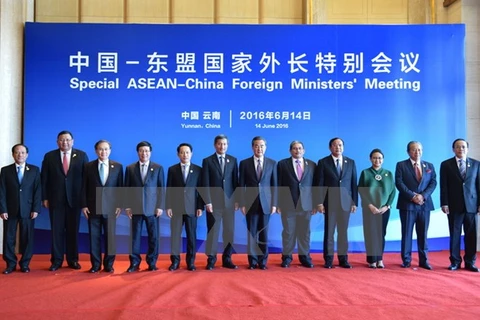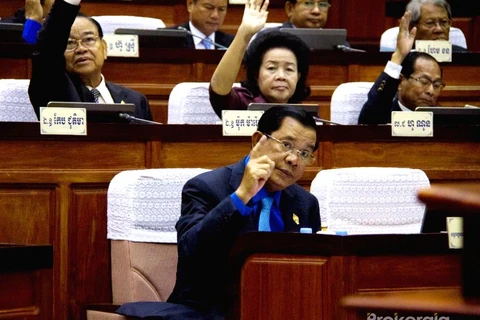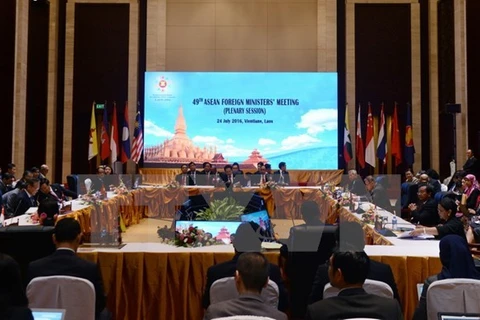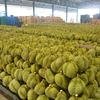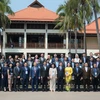Vientiane (VNA) – Economic ministers from ASEAN member states and China discussed future trade links between the two sides in Vientiane, Laos on August 4.
As part of the ongoing 48th ASEAN Economic Ministers’ Meeting and related meetings, the 15th Consultations between the ASEAN Economic Ministers and Ministers of Commerce of China reviewed trade and investment bonds between the bloc and China, while discussing ways to strengthen ties.
The Chinese side applauded the formation of the ASEAN Economic Community (AEC), saying that the roadmap will help the AEC become an area with high competitiveness, dynamic development and close connection by 2025.
Ministers highlighted the importance of economic cooperation between the two sides over the last 25 years, stressing that the two sides must boost trade ties.
Delegates hoped the Protocol to amend the Framework Agreement on Comprehensive Economic Co-operation will facilitate trade between the two sides.
They affirmed that the approval of a joint statement o n China-ASEAN Production Capacity Cooperation , which was proposed at the 18th ASEAN-China Summit in Malaysia last year , aims to bolster trade and economic connections.
Ministers from ASEAN member countries congratulated China on its successful organisation of the 12 th China-ASEAN EXPO last year, saying that the two sides should continue maintaining the initiative in the future.
China is still the largest trade partner of ASEAN, with two-way trade hitting 346.4 billion USD, accounting for 15.2 percent of ASEAN’s total trade turnover.
Foreign direct investment (FDI) from China to the group reached 8.2 billion USD last year, becoming the fourth largest FDI source for ASEAN in 2015.
Chinese statistics showed that trade value between the two sides recorded an average increase of 18.5 percent per year from 1991-2015.
At the 18 th ASEAN-China Summit, both sides agreed to lift bilateral trade to 1 trillion USD and two-way investment to 150 billion USD by 2020.-VNA

